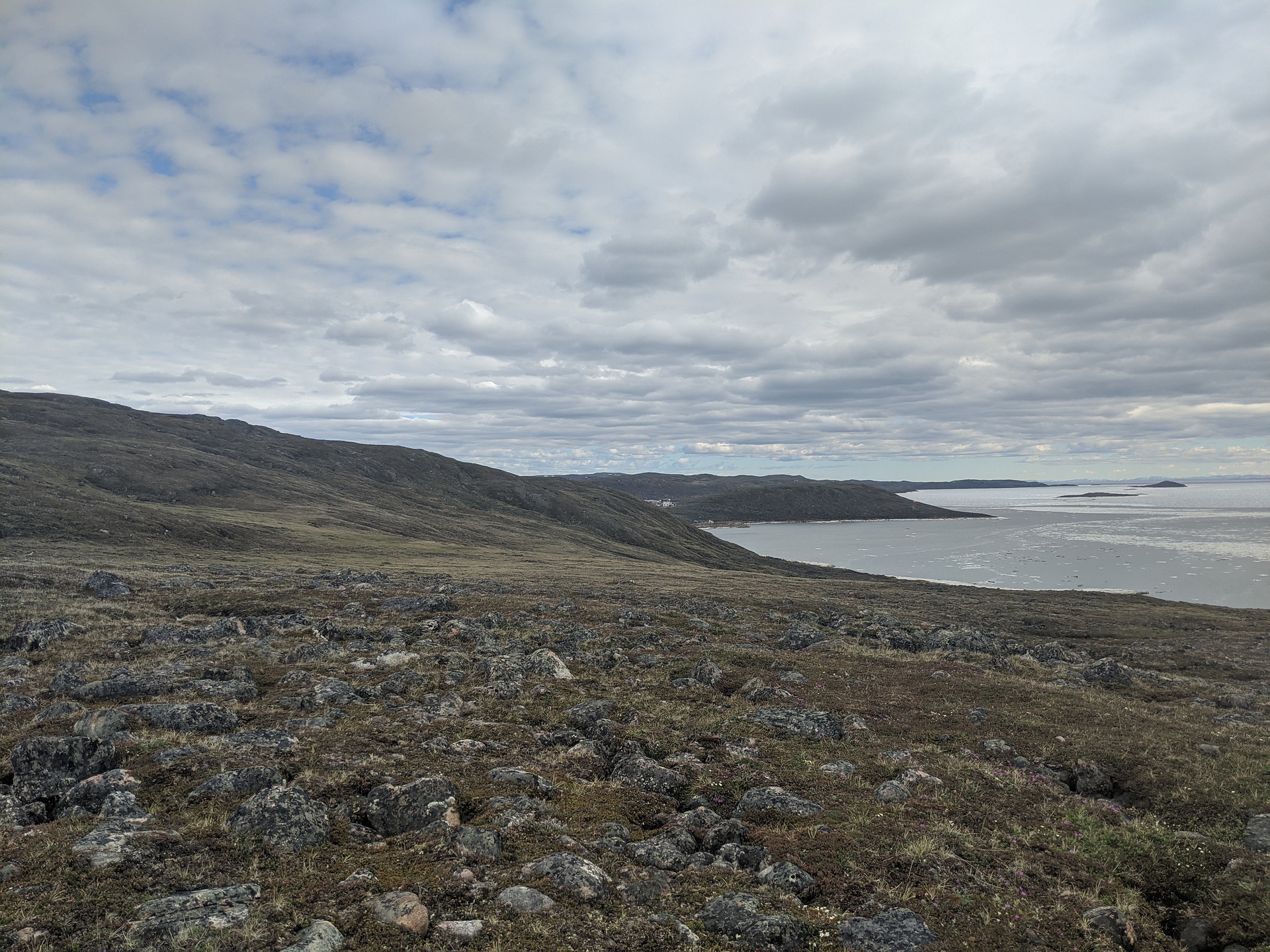It’s kind of amazing we know how to abstract at all. It’s an unreasonably effective skill. It enables a high bandwidth way of transmitting information. Learning through demonstration is pretty effective. Learning through symbolic representation even more so. Consider these words. They’re made up of sounds. The sounds can be strung together to symbolically represent physical things and virtual concepts. We learned how to draw physical representations of physical things. Then the alphabet was invented, letters themselves an innovation because they originally symbolized sounds. The letters have long since drifted from their original sounds. So much so that in English, we cram 48 sounds into 26 letters. The English alphabet is an overloaded abstraction. Stories too are overloaded abstraction. There[…]
Author: Christopher Berry
Leopold makes the argument that business agility isn’t software agility [1]. It’s a very good argument. Here’s a few ways to think about Leopold’s insight. Most products are static. A pie is made, purchased, and consumed. As are most physical goods: toasters, fans, mattresses, tables and so on. Most goods leave a residue behind but their core essence is completed. A toaster will persist in the landfill unless it’s dug up later. Otherwise, it’ll go onto form a line in the geological strata. Most virtual goods are static too. A lottery ticket, a podcast, a book, a brand marketing campaign, an episode of Avenue5. Most of these goods are shipped and then they’re effectively gone from their creators. They leave[…]
Life changes the planet. It always has. We humans are life. We’re changing the planet. How you choose to think about it has a lot to do with what you choose to do about it. The Medea Hypothesis In his book, The Medea Hypothesis, Peter Ward summarizes a few decades of ecology research and adds a few of his ideas of his own. Ward argues that the idea that life seeks to create equilibrium with the environment, the Gaia Hypothesis, is false. He paints a compelling picture of how life doesn’t create harmony with the planet at all. Life appears to be in perpetual conflict with the abiotic environment. It tries to occupy as much space as it can. It[…]
Canada is a land of many Canadas. There’s the Maritime version, the Montreal version, the inland BC version…so many versions really. In spite of how different those Canada’s are – they’re all down South. The North is entirely different. More people live on Prince Edward Island (~160,000 people over ~5400 KM^2) than the entire North (~126,000 over ~2.5 million KM^2). I don’t even fully comprehend just how different life is in the North. It’s always been expensive and hard to get up North. It’s brutal by foot and paddle. It’s expensive by boat, rail, truck and airplane. The most obvious factor is the distance. The spaces are vast. Less obvious is how much more expensive it is to build transportation[…]
What you believe has a lot to do with who you believe. Who you believe, and who you don’t, can be represented as a network. Networks cause and reinforce trust. In this post, I’m going to try to make the connection between trust, society, and the delta variant of COVID. As I begin writing this post on July 20, 2021, I know about Delta Variant. We know that it’s burning through large populations of unvaccinated people. I think most people see it coming. And as the days passed, I watched increasing anxiety about what is to come. As a I publish this on August 1, there still isn’t much evidence of a mass urgency to vaccinate. So why the inaction?[…]
The Canadian state has had an interesting relationship with networks since the beginning. Networks connect things and enable outcomes. Those who direct and influence the State have preferences for what those outcomes should be. To understand how the state is grappling with the consequences of social networks, it might be useful to look at how it has grappled with physical networks. We’ll begin with some basic theory about the Canadian State. Canada is made of citizens. Some of those citizens become leaders. Those leaders try to create some explainable representation of society’s optimal social welfare function, and package it into something people can recognize, understand and vote for. They do that because they need the consent of the citizens in[…]
For the purposes of this post, let information mean stuff that resolves uncertainty. Different people have different relationships with information in part because they have different relationships with uncertainty. Data scientists, those who turn data into product (Loukides), have a different relationship with information than, say, the median store manager or the median politician. Some data scientists focus on creating new information. Some invent new sensors. Some deploy existing sensors to new places. Some combine sensors in different ways. They have very good reasons for doing that. They aren’t the only people who deploy sensors. Camera operators deploy sensors at certain times to capture sounds and images. Some data scientists create new information using nothing but their minds and their[…]
Benedict Evans writes fantastic writing prompts. He’ll make references to different first principles, and he’ll go onto build arguments out of them later. Sometimes I agree with them. Sometimes I don’t. He does provoke thought. One theme is the nature of people. On October 9, 2020, Benedict Evans wrote: We connected everybody, and that meant we connected all the bad people and the idiots, and our own worst instincts, and all society’s problems get expressed in software. Sometimes the Internet amplifies and channels that, but maybe sometimes the Internet is people. On April 23, 2021, Benedict Evans wrote: Old: if you make something idiot-proof, God creates a better idiot. New: if you create an Internet service that’s proof against assholes,[…]
Somewhere along the way, I came to believe that the word causal came from the word because. Because there’s a cause contained in the word because. The word is almost like a commandment. Be the cause. I don’t think that’s really true. It’s just a silly association. The word because seems to be an element of a persuasive argument. How about a little thought experiment? Consider the assessment: “Peaches are gross.” Okay, you may have one or many positions on this controversial subject: You agree because your experience matches that statement, you disagree because your experience does not match that statement, you may not agree nor disagree because it’s possible that some peaches are gross and some other peaches are[…]
Some communities make decisions about what is knowledge and what is not. You’re probably a member of some of those communities. Maybe you make up your own mind about what is knowledge and what is not entirely on your own? Maybe you’re not fully aware of how much you are influenced by the communities you identify with? Think about what you experienced during your formal education. In order to receive recognition (a grade, a credit, a certificate), you needed to demonstrate that you were able to create evidence that you accepted the knowledge you were told. You didn’t always need to agree that the knowledge that you had to repeat was the truth. You just needed to exhibit behaviour that[…]










